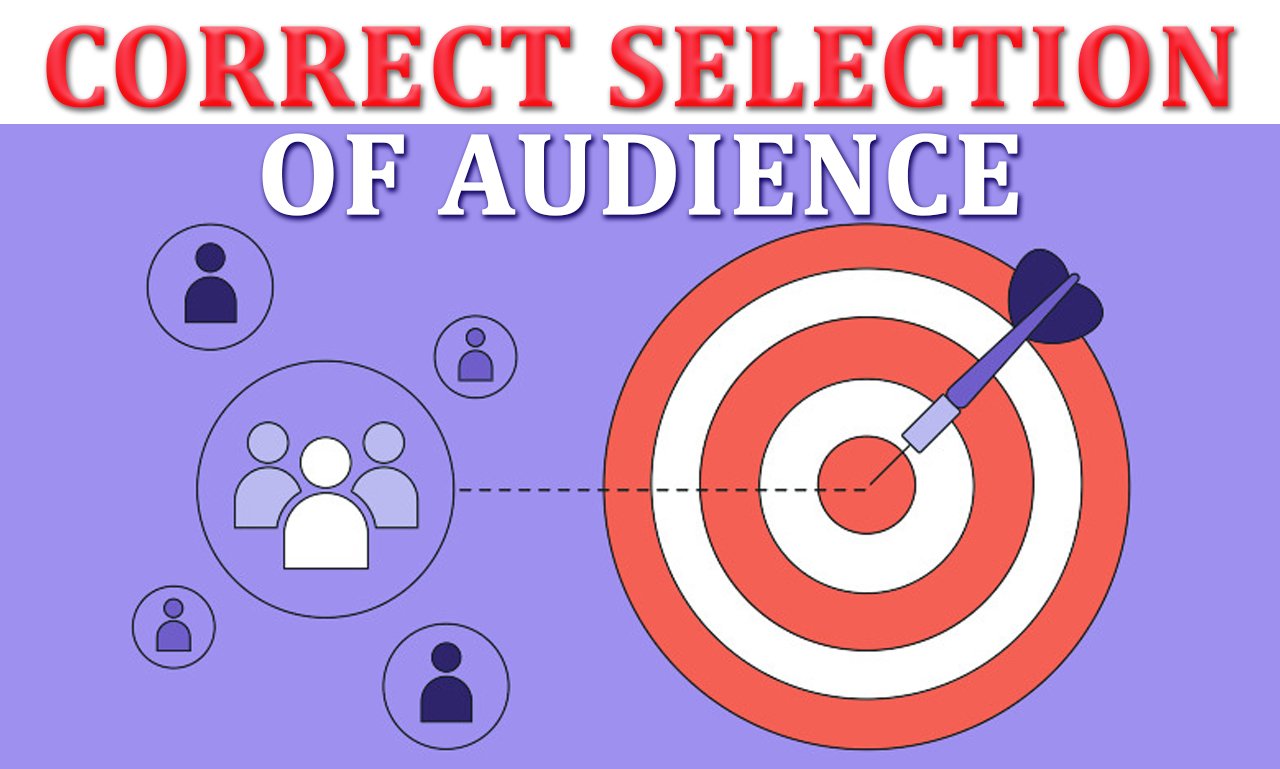understand the procedure of targeting audience
Specifying your audience is a crucial step in blogging. Here are some steps that you can take to identify and specify your audience for any niche in blogging:
- Define your niche: Before you can specify your audience, you need to know what your blog is about. Identify your blog’s niche and what type of content you will be creating.
- Research your target audience: Research your niche to identify the demographics of the people who are interested in that niche. Find out their age, gender, location, interests, and behavior.
- Use Google Analytics: Install Google Analytics on your blog to track your audience’s behavior. This tool can provide you with valuable insights into your audience’s demographics, interests, and behavior.
- Use social media: Social media platforms are excellent tools for identifying your audience. Join groups and pages related to your niche to connect with your target audience.
- Conduct surveys: Conducting surveys can help you gather specific information about your audience. Ask questions about their interests, preferences, and pain points to understand them better.
- Create a customer persona: Use the information you have gathered to create a customer persona. This is a fictional character that represents your target audience. It can help you create content that resonates with your audience.
- Use language and tone that resonates with your audience: Use language and tone that your audience can relate to. Avoid using jargon or technical terms that your audience may not understand.
By following these steps, you can specify your audience for any niche in blogging and create content that resonates with them.
good audience and bad audience
In the context of blogging, a good audience is one that is engaged, supportive, and interested in the content you are sharing. They actively participate in discussions, leave thoughtful comments, and share your content with others.
On the other hand, a bad audience is one that is disinterested, unresponsive, and sometimes even hostile. They may leave negative comments, engage in trolling behavior, or simply ignore your content altogether.
Having a good audience is important for any blogger because it helps to build a sense of community and provides valuable feedback on the content being shared. A bad audience, on the other hand, can be demotivating and lead to a decline in the quality of content being produced.
To attract a good audience, bloggers should focus on creating high-quality content that is relevant to their readers’ interests, engaging with their audience through social media and email newsletters, and responding to comments and feedback in a thoughtful and respectful manner. It’s also important to cultivate a positive and supportive online community by setting clear guidelines for behavior and moderating comments when necessary.
activities of good audience
Here are some common activities that a good audience may engage in on a blog:
- Reading blog posts: Good audiences will read the blog content and engage with it by leaving comments or sharing the content.
- Sharing content: They may share the blog posts on social media or other online platforms to help promote the blog and increase its reach.
- Leaving comments: They may leave thoughtful comments that provide feedback or ask questions, which can help the blogger improve their content and engage in meaningful conversations with their audience.
- Providing feedback: They may provide feedback through surveys or other means to help the blogger understand their audience’s preferences and interests.
- Subscribing to email newsletters: Good audiences may subscribe to the blogger’s email newsletter to receive updates and exclusive content.
- Engaging on social media: They may engage with the blogger on social media by following their accounts, liking and sharing their posts, and commenting on their content.
- Participating in discussions: Good audiences may participate in discussions with other readers in the comment section or on social media, which can help foster a sense of community and create a more engaging experience for everyone.
Overall, a good audience is one that is engaged, supportive, and interested in the content that the blogger is sharing. They help to create a sense of community, provide valuable feedback, and help promote the blog to a wider audience.
activities of bad audience in blogs
Here are some common activities that a bad audience may engage in on a blog:
- Leaving negative comments: Bad audiences may leave negative comments that are critical or abusive in nature, which can create a hostile environment for other readers and the blogger.
- Engaging in trolling behavior: They may engage in trolling behavior, such as leaving off-topic comments or intentionally stirring up controversy, which can distract from the blog’s content and create a negative atmosphere.
- Ignoring content: Bad audiences may ignore the blog’s content altogether and fail to engage with the blogger or other readers, which can make the blogger feel like their content is not valued or appreciated.
- Spamming: They may spam the comment section with irrelevant or self-promoting messages, which can detract from the quality of the discussion and make it harder for other readers to engage with the content.
- Stealing content: Bad audiences may steal the blogger’s content and repost it without permission, which can harm the blogger’s reputation and infringe on their intellectual property rights.
Overall, a bad audience is one that is disinterested, unresponsive, or actively harmful to the blogger and their readers. They can create a negative environment and detract from the quality of the content being shared. As a blogger, it’s important to set clear guidelines for behavior and moderate comments when necessary to ensure that the blog remains a positive and supportive community for all readers.








